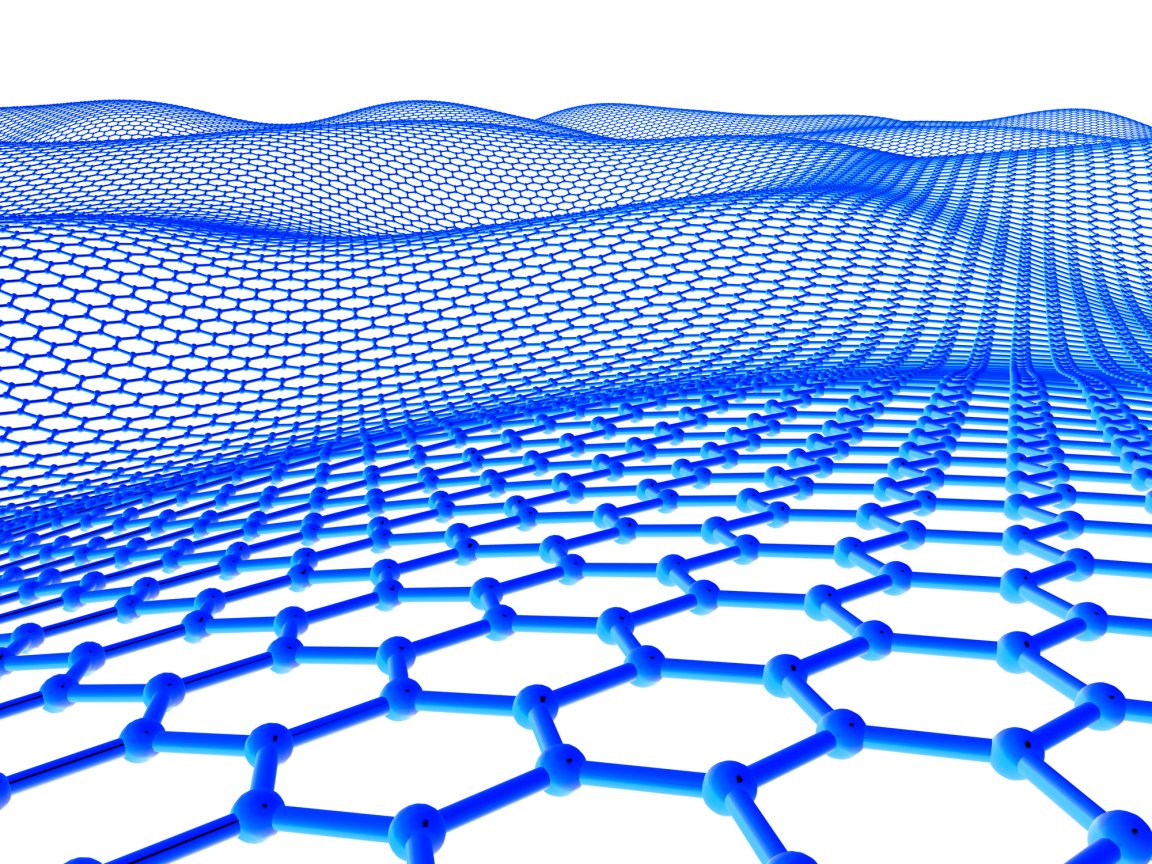
Be Like Water
In graphene, electrons move in strange ways. Their unusual and fluid-like behavior was observed by scientists at the National Graphene Institute, leading to a new wave of studies related to the physics of conductive materials.
Three experiments were conducted, including one at the University of Manchester, in collaboration with physicists led by Professor Marco Polini and Professor Leonid Levitov. The results of the tests showed how — within a specific range of temperatures — electrons move and collide so often they eventually flow like a viscous fluid.
This fluid is more conductive than ballistic electrons — electrons that move throughout the material in a scatter-pattern manner. Instead of remaining separate, electrons in this new fluidic state work together without impeding the flow of current, which is how move and provide power to everyday electronics. Typically, the scattering pattern impacts this flow, making a material less conductive. Think of a weakened flickering light.

Chaos Reigns
“We know from school that additional disorder always creates extra electrical resistance. In our case, disorder induced by electron scattering actually reduces rather than increase resistance,” said Sir Andre Geim, a physicist at the University of Manchester. “This is unique and quite counter-intuitive: Electrons when [coalescing into] a liquid start propagating faster than if they were free, like in [a] vacuum.”
Graphene can be used for a number of things, and is thought to be one of the key components to the development of not only faster computers, but more powerful quantum computers. This means we need to learn more about how electrons flow in the graphene in order to design nano-electronic circuits.
Surely graphene-based circuits will be crucial in our advancement of electrical technologies, and the benefits will reach far beyond empirical research — from the ergonomics of size, to optimized energy consumption and economics — even power and infrastructure may one day reap the rewards of this ongoing technological revolution.